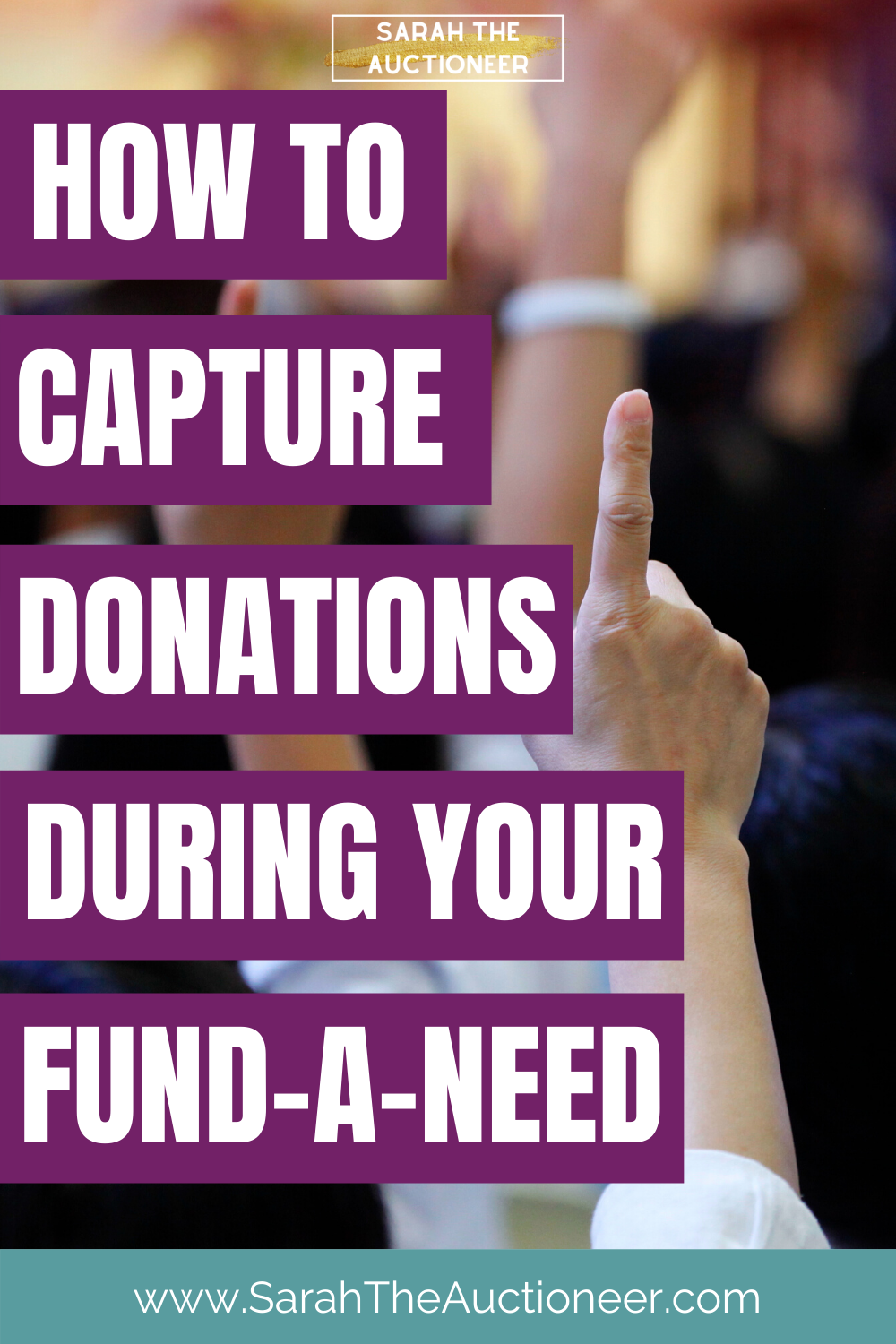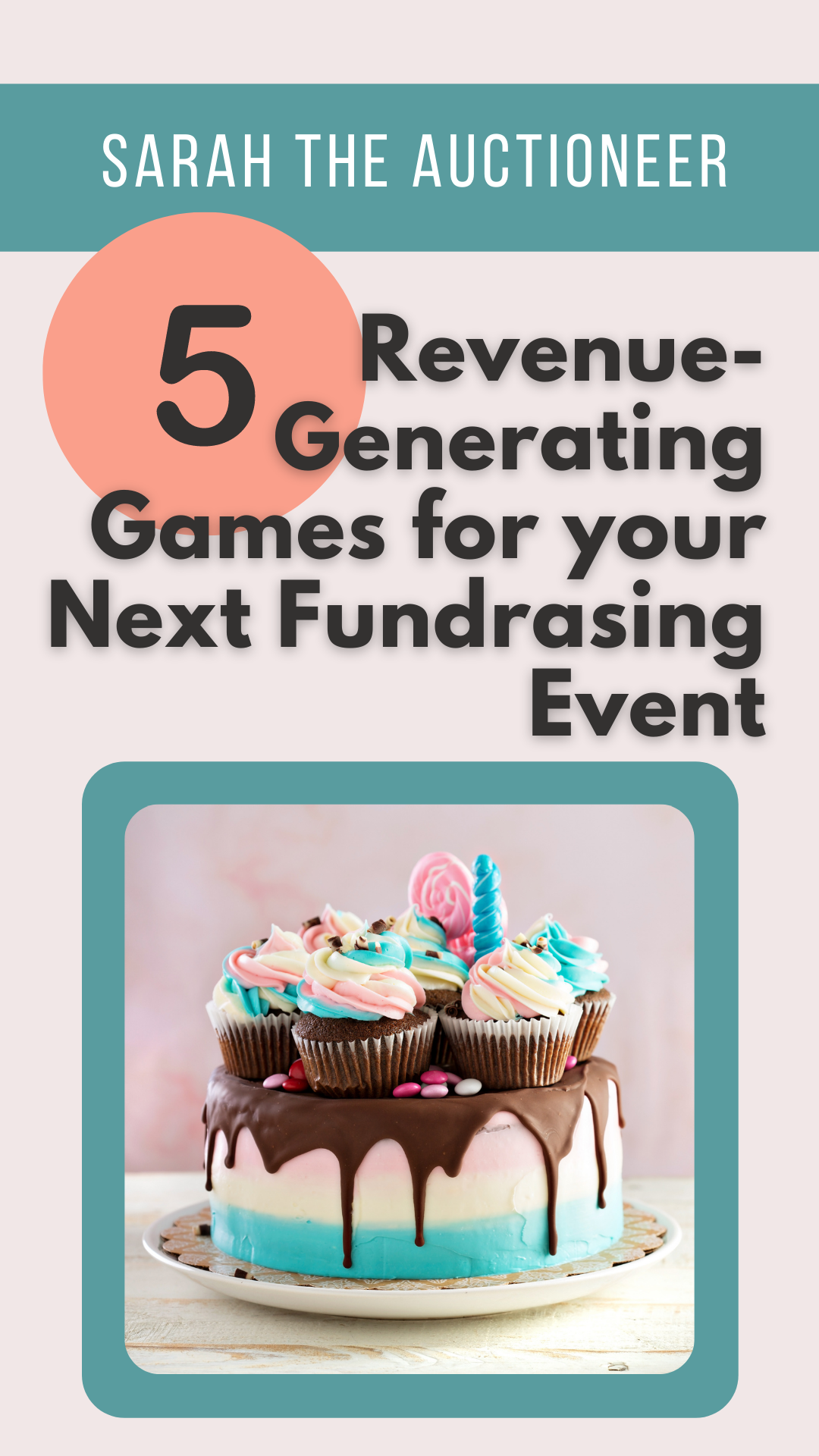So you are planning a fundraising auction and you want to stack your event with stellar auction items! But how do you know if anyone will buy them? I know these are the things that keep you up at night, so I’m here to help. You don’t have to go into your auction willy nilly just hoping that you picked the right items. You can be prepared and validate which items will sell at your event.
How to know which items will sell well at your fundraiser?
Look at previous data
The first and obvious thing you can do is to pull the reports from previous events. If you use a mobile bidding system, all of that data will be easily accessible. You can pull the live auction items and see which ones sold the highest and try to solicit items that are similar for this year.
What if this is our first event? Don’t worry, if this is your first event and don’t have the data to pull. This is your first year and you are just getting to know your audience. Instead focus on a varied live auction line up to ensure there is something for everyone. This will appeal to a broader audience and allow you to tap into different donors interests rather than focusing on a few specific spenders in the audience.
CHECK OUT THIS POST ON THE 5 TYPES OF LIVE AUCTION ITEMS YOU NEED FOR A VARIED LIVE AUCTION
Poll your attendees
Send out a Google Form to your past attendees and straight up ask them what items they would like to bid on this year. This is a good opportunity to get feedback and direction on your event in general. Just make sure to keep the survey short. If you have too many questions, you run the risk of people giving up and not submitting the survey. So focus on short form answers or ranking questions to help get guidance from your attendees. This is also a good opportunity to ask them if they have any good ideas or connections for auction items. I had a client do this and it turns out they had a donor on their list who was a Food Network featured chef and they offered a private dinner for their live auction! You never know what you’ll get!
Focus on items with a broad appeal
Auctions raise money by having people bid against each other and the more bidders you have, the faster those bids go up. Focus on finding items that would intrigue many people rather than focusing on niche high-end items. I’ve done events where they have a piece of art valued at well over $10K and have struggled to find even one bidder willing to raise their hand at the minimum bid, while with the same audience sell a pizza party at a brewery for several thousand dollars. Curating unique experiences that would interest many different people in your audience is important.
Consider your audience
What does YOUR audience care about? Focus on what brought your audience together: your mission. A great way to appeal to your specific audience is creating Mission-Centered Experiences. These will appeal to your audience while costing you next to nothing to curate.
Ask your auctioneer
If you are working with a professional fundraising auctioneer who does these events every weekend, they should have great insight into what people in your area are bidding on currently. Every year I put out a post updating what items are selling the best and the auction trends that are popular. They’ll have the best insight.
Questions?
Hey! What questions do you have about your live auction. Pop them in the comments below, because I’ll be checking back to answer those for you! 👇🏼👇🏼👇🏼👇🏼👇🏼





































